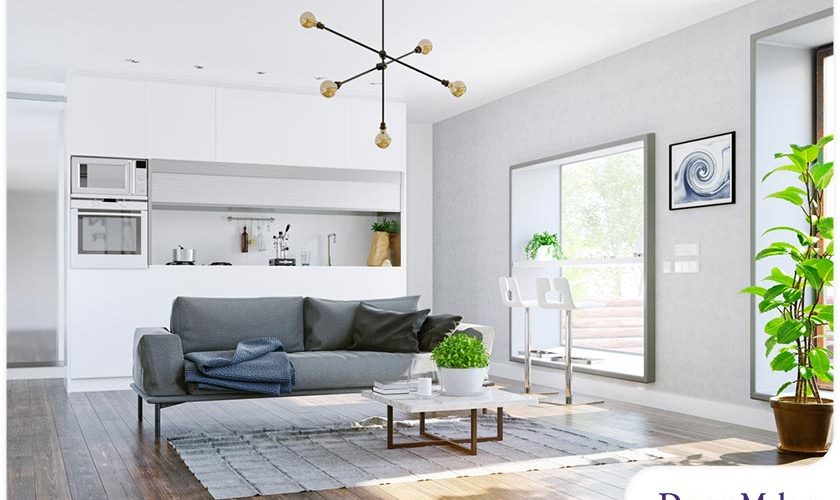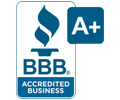
It’s normal to experience vision changes as you age. Depending on your eye health and other health factors, you may notice at some point that you’re having a hard time seeing small details or you’re more sensitive to glare. As these vision issues become more prevalent in old age, it’s important to consider the kind of lighting that you will be using in your forever home. Below are some tips to help you achieve good lighting design.
Key Types of Lighting
Natural Lighting
Natural lighting usually offers the best kind of light for interiors. It’s warm and welcoming, and it can make a room feel more homey and relaxing. When planning a home remodel, you should consider increasing or improving natural light. However, since natural light is only available during the day, you must still have enough ambient lighting at night or whenever the need arises.
Task Lighting
Lighting for reading and work purposes should be placed in areas where focus on details is needed, such as your kitchen counters and sinks, the stove area and bathroom sinks and counters. You should also consider adding task lighting to reading and work areas in your bedroom, living room and workshop.
Motion-Detecting Lights
Home renovation experts recommend wireless motion-sensing lights for older adults as this type of lighting increases safety while walking along hallways and stairs, especially at night. These lights are also a great feature to add in bathrooms and bedrooms. To maximize motion-sensing lights and prevent them from becoming a hazard, it’s crucial to position them correctly.
Touch Lights
Conditions like arthritis can make it difficult for seniors to turn table and floor lamps on and off. To overcome this kind of physical difficulty, consider swapping regular outlets for touch-activated on/off switches.
Let’s Start a Conversation!
Whether your project is a kitchen or bathroom remodel, DreamMaker Bath & Kitchen of Aiken can deliver excellent results. To learn more about how we can help with your project, call (803) 335-1758 or fill out our contact form.




